
K-means is a clustering algorithm��one of the simplest and most popular unsupervised machine learning (ML) algorithms for data scientists.
]]>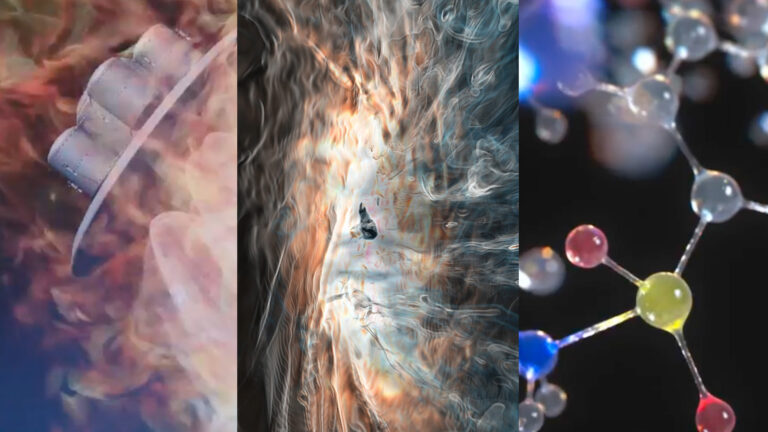
High-performance computing (HPC) is the art and science of using groups of cutting-edge computer systems to perform complex simulations, computations, and data analysis that is out of reach of the standard commercial compute systems available.
]]>
Machine learning (ML) employs algorithms and statistical models that enable computer systems to find patterns in massive amounts of data, and then uses a model that recognizes those patterns to make predictions or descriptions on new data.
]]>
Power efficiency refers to a compute resource��s ability to convert electrical power into useful work with minimal waste or loss. It��s typically measured in tasks per watt (or watts per task) and is increasingly important for coping with power-limited data centers and achieving sustainable computing.
]]>
Generative AI enables users to quickly generate new content based on a variety of inputs. Inputs and outputs to these models can include text, images, sounds, animation, 3D models, or other types of data.
]]>
A recommendation system (or recommender system) is a class of machine learning that uses data to help predict, narrow down, and find what people are looking for among an exponentially growing number of options.
]]>
Deep learning is a subset of artificial intelligence (AI) and machine learning (ML) that uses multi-layered artificial neural networks to deliver state-of-the-art accuracy in tasks like object detection, speech recognition, language translation, and others.
]]>
Classification and regression are two groups of supervised machine-learning algorithm problems. Supervised machine learning uses algorithms to train a model to find patterns in a dataset with labels and features. Regression estimates the relationship between a target outcome label and one or more feature variables to predict a continuous numeric value.
]]>
In its most fundamental form, AI is the capability of a computer program or a machine to think, learn, and take action without being explicitly encoded with commands.
]]>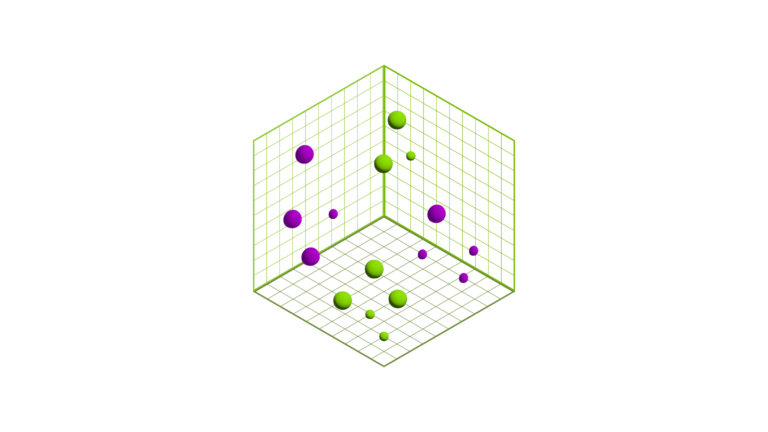
A vector database is an organized collection of vector embeddings that can be created, read, updated, and deleted at any point in time. Vector embeddings represent chunks of data, such as text or images, as numerical values.
]]>
A convolutional neural network is a type of deep learning network used primarily to identify and classify images and to recognize objects within images.
]]>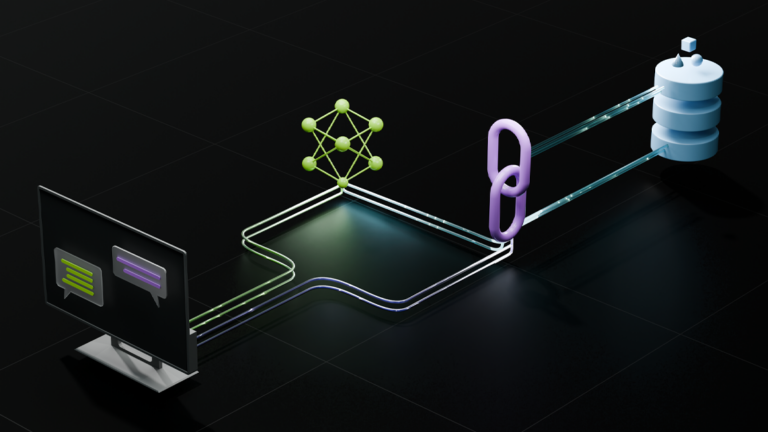
Retrieval-augmented generation enhances large language model prompts with relevant data for more practical, accurate responses.
]]>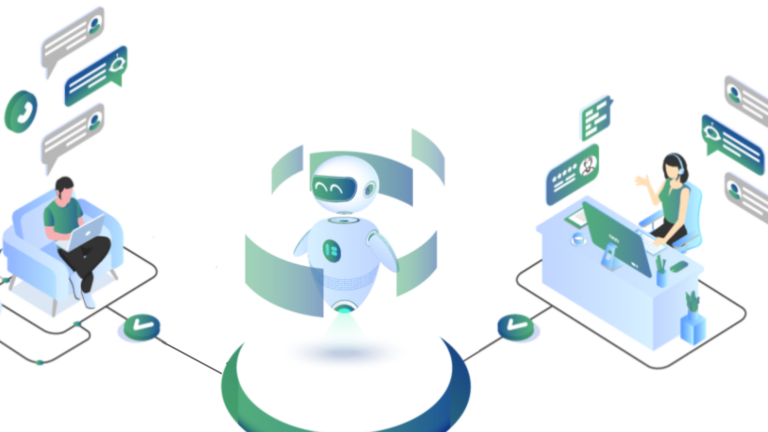
Sentiment analysis is the automated interpretation and classification of emotions (usually positive, negative, or neutral) from textual data such as written reviews and social media posts.
]]>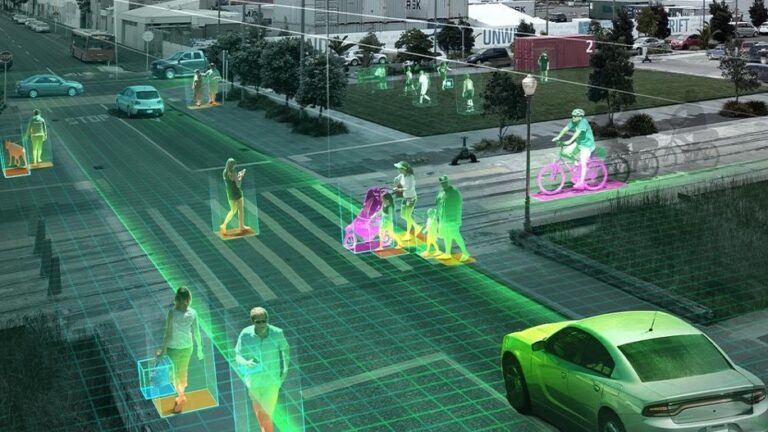
Computer vision defines the field that enables devices to acquire, process, understand, and analyze digital images and videos and extract useful information.
]]>
A random forest is a supervised algorithm that uses an ensemble learning method consisting of a multitude of decision trees, the output of which is the consensus of the best answer to the problem. Random forest can be used for classification or regression.
]]>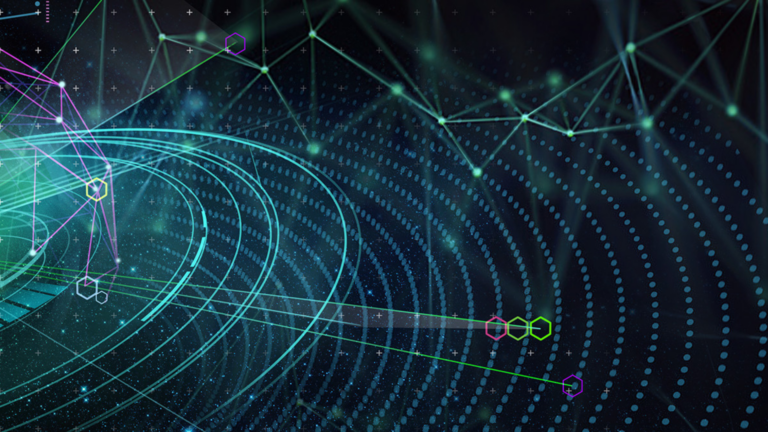
Graph analytics, or graph algorithms, are analytic tools used to determine the strength and direction of relationships between objects in a graph. The focus of graph analytics is on pairwise relationships between two objects at a time and the structural characteristics of the graph as a whole.
]]>
Stream processing is the continuous processing of new data events as they��re received. A lot of data is produced as a stream of events, for example financial transactions, sensor measurements, or web server logs.
]]>
Energy efficiency refers to a system or device��s ability to use as little energy as possible to perform a particular task or function within acceptable limits. Essentially, it means using energy in the most effective way possible and minimizing waste. There are many applications, such as energy-efficient windows or homes, but to understand energy efficiency from an NVIDIA perspective��
]]>
A virtual digital assistant is a program that understands natural language and can answer questions or complete tasks based on voice commands.
]]>
Cluster analysis is the grouping of objects such that objects in the same cluster are more similar to each other than they are to objects in another cluster.
]]>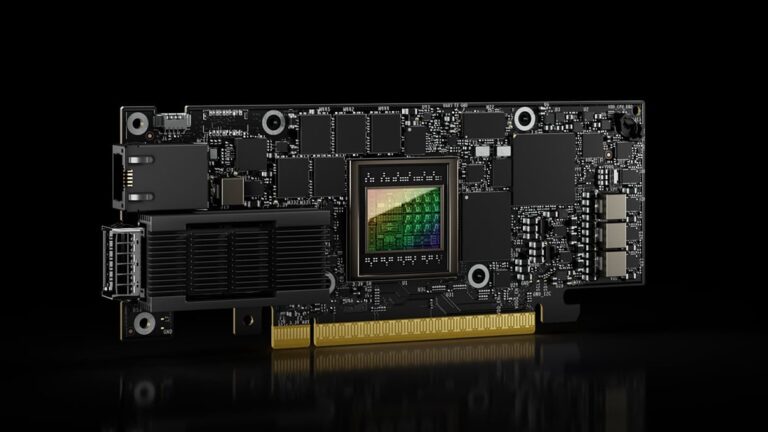
A SuperNIC is a type of network accelerator for AI cloud data centers that delivers robust and seamless connectivity between GPU servers.
]]>
Photogrammetry is the process of capturing images and stitching them together to create a digital model of the physical world.
]]>
Robotics simulation enables virtual training and programming that can use physics-based digital representations of environments, robots, machines, objects, and other assets.
]]>
Foundation models are AI neural networks trained on massive unlabeled datasets to handle a wide variety of jobs from translating text to analyzing medical images.
]]>
Confidential computing is a way of processing data in a protected zone of a computer��s processor, often inside a remote edge or public cloud server, and proving that no one viewed or altered the work.
]]>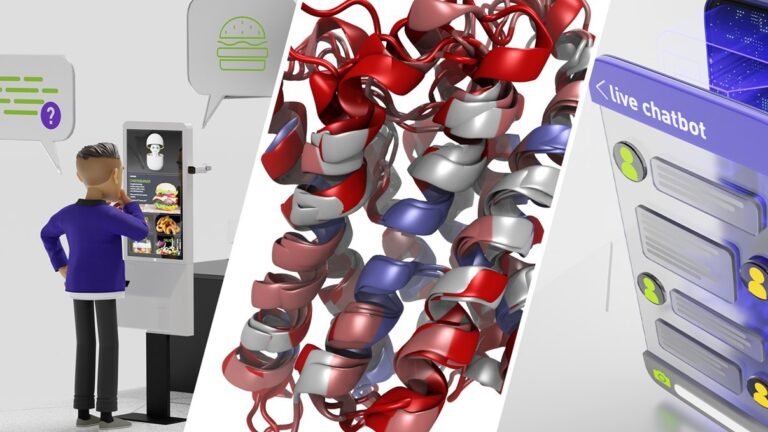
Large language models recognize, summarize, translate, predict and generate text and other content.
]]>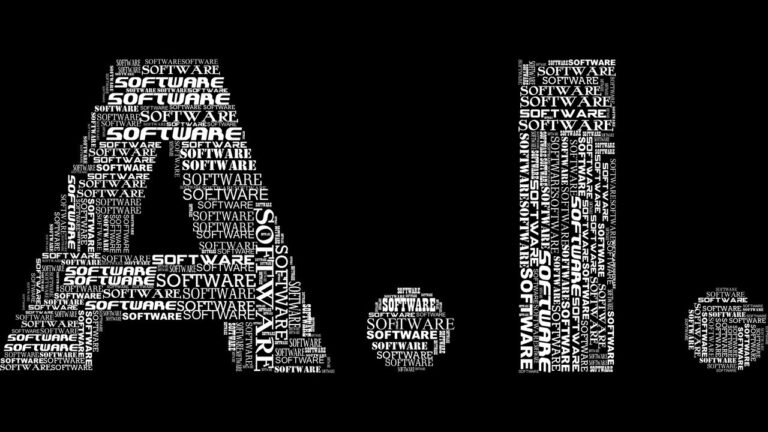
AI computing is the work of machine learning systems and software, sifting through mountains of data to reveal useful insights and generate new capabilities.
]]>
To define the path to fully realized autonomy, the Society of Automotive Engineers (better known as SAE International) detailed six categories of autonomous capability to establish clear benchmarks in a field of technology that has so many different elements in play.
]]>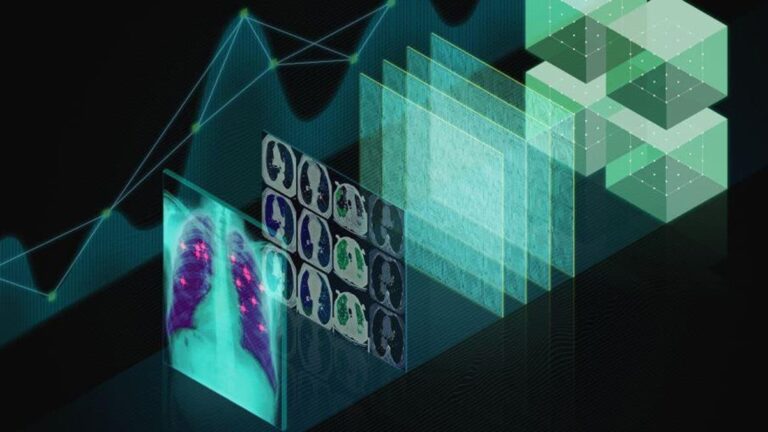
Federated learning makes it possible for AI algorithms to gain experience from a vast range of data located at different sites.
]]>
Edge computing is the practice of processing data physically closer to its source.
]]>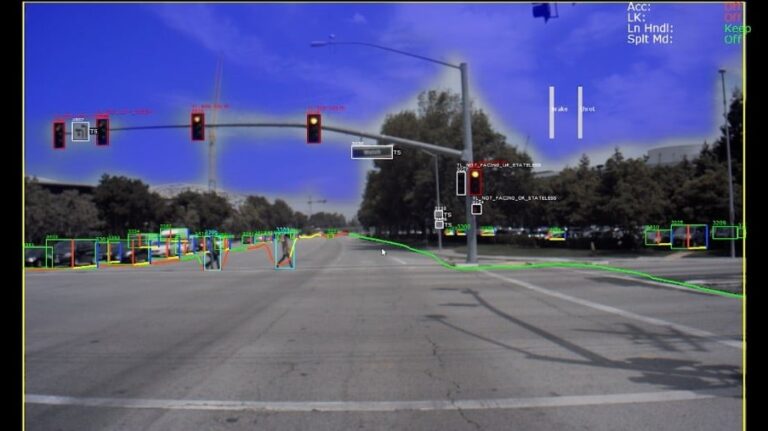
Finding the right self-driving training data doesn��t have to take a swarm of human labelers.
]]>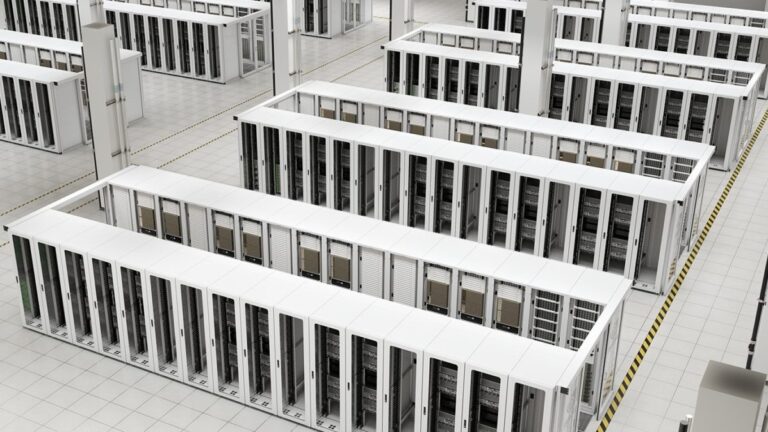
Specialists in moving data in data centers, DPUs, or data processing units, are a new class of programmable processor and will join CPUs and GPUs as one of the three pillars of computing.
]]>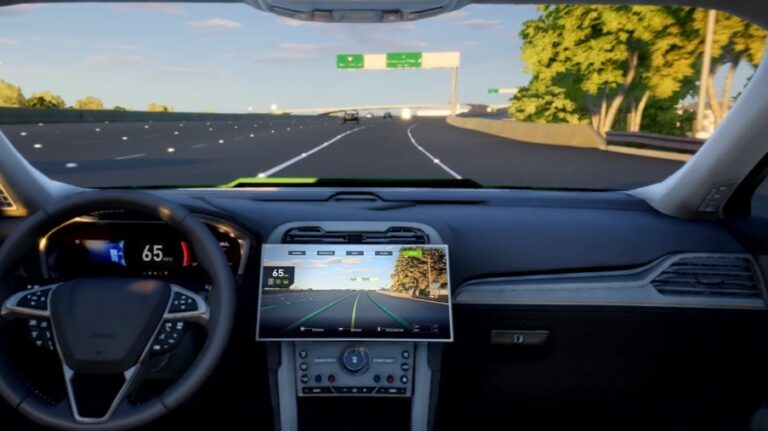
Intelligent interiors are transforming transportation.
]]>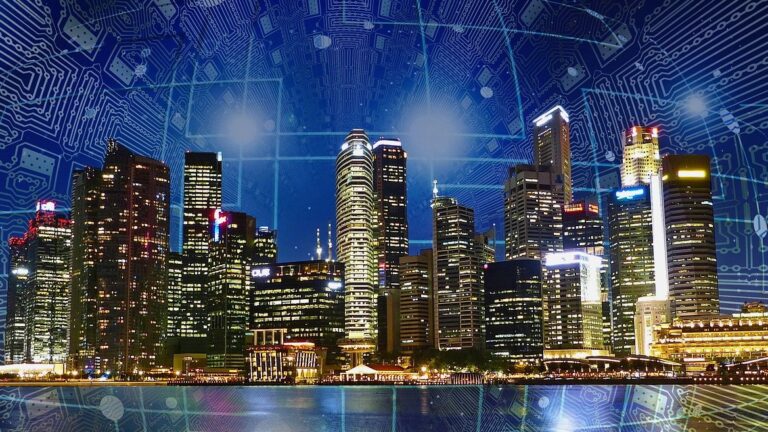
Examples of what a smart city is can be found in metro IoT deployments from Singapore to Seat Pleasant, Maryland.
]]>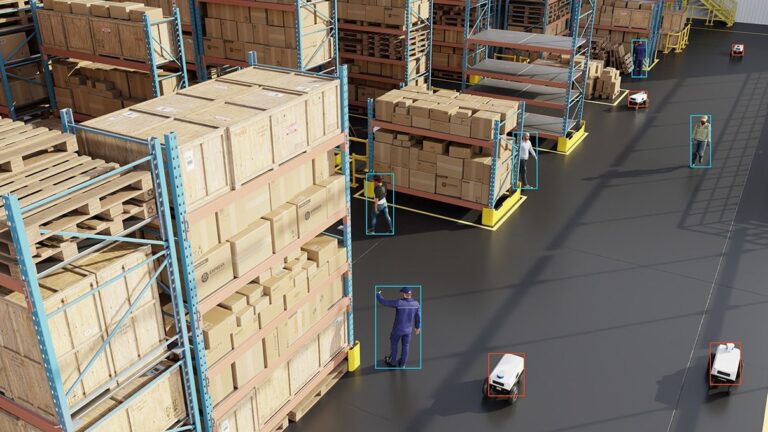
A pretrained AI model is a deep learning model that��s trained on large datasets to accomplish a specific task, and it can be used as is or customized to suit application requirements across multiple industries.
]]>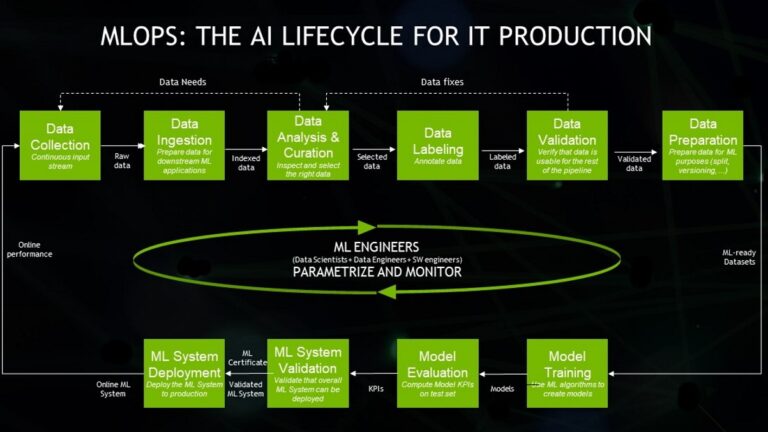
Machine learning operations, MLOps, are best practices for businesses to run AI successfully with help from an expanding smorgasbord of software products and cloud services. as a service.
]]>
Autonomous trucks are commercial vehicles that use AI to automate everything from shipping yard operations to long-haul deliveries.
]]>
Real-time natural language understanding will transform how we interact with intelligent machines and applications.
]]>
A smart hospital relies on data-driven insights, including machine learning models and AI-powered medical devices, to facilitate decision-making.
]]>
Denoising is an advanced technique used to decrease grainy spots and discoloration in images while minimizing the loss of quality.
]]>
Our digital lives run on collections of computers tightly linked on high-speed networks, and the latest one is an AI supercomputer called NVIDIA DGX SuperPOD.
]]>
Fueled by data, ML models are the mathematical engines of AI, expressions of algorithms that find patterns and make predictions faster than a human can.
]]>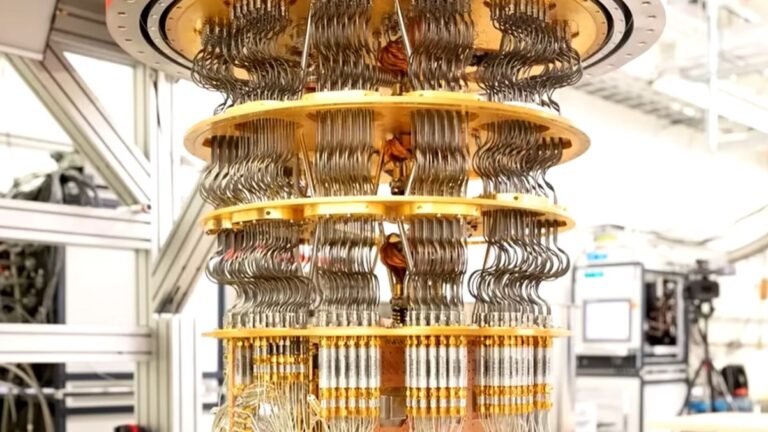
Quantum computers, still in their infancy, are influencing a new generation of simulations already running on classical computers, and now accelerated with the NVIDIA cuQuantum SDK.
]]>
The University of Cambridge, in the UK, and an NVIDIA DGX SuperPOD point way to the next generation of secure, efficient HPC clouds.
]]>
Accelerated computing uses parallel processing to speed up work on demanding applications, from AI and data analytics to simulations and visualizations.
]]>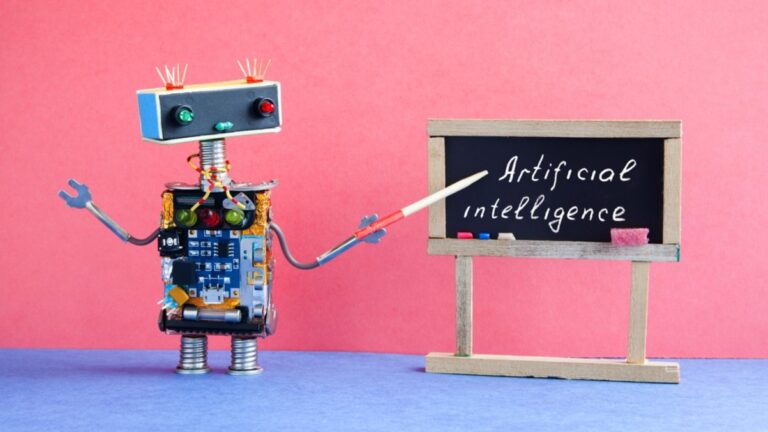
Our trust in AI will largely depend on how well we understand it �� explainable AI, or XAI, helps shine a flashlight into the ��black box�� of complexity in AI models.
]]>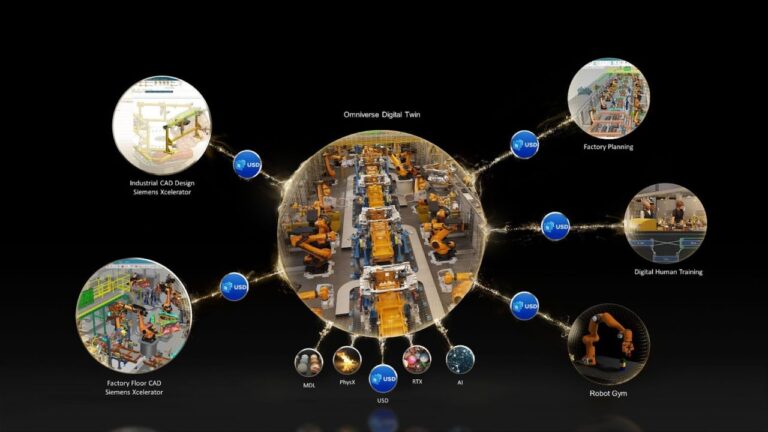
The metaverse is the ��next evolution of the internet, the 3D internet,�� according to NVIDIA CEO Jensen Huang.
]]>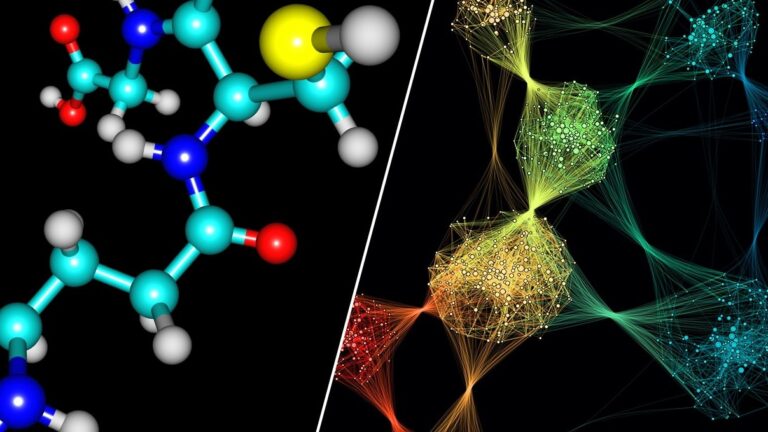
GNNs apply the predictive power of deep learning to rich data structures that depict objects and their relationships as points connected by lines in a graph.
]]>
A SmartNIC is a programmable accelerator that makes data center networking, security and storage efficient and flexible.
]]>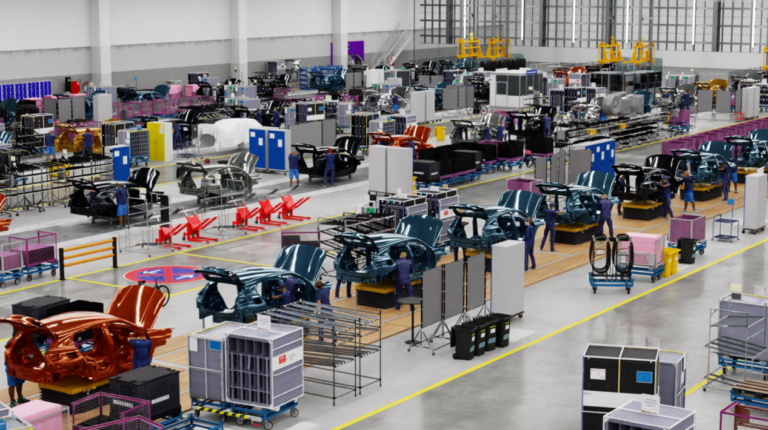
A digital twin is a virtual representation synchronized with physical things, people, or processes.
]]>
Green computing, also called sustainable computing, aims to maximize energy efficiency and minimize environmental impact in the ways computer chips, systems, and software are designed and used.
]]>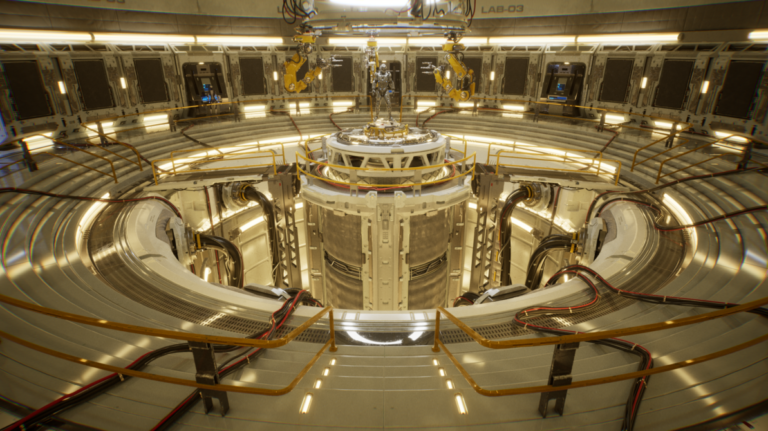
Path tracing is going real-time, unleashing interactive, photorealistic 3D environments filled with dynamic light and shadow, reflections, and refractions.
]]>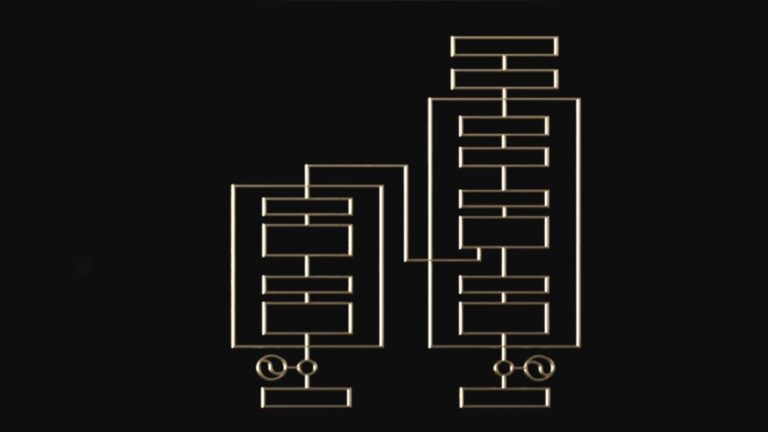
A transformer model is a neural network that learns context and thus meaning by tracking relationships in sequential data like the words in this sentence.
]]>
Extended reality, or XR, is a collective term that refers to immersive technologies, including virtual reality, augmented reality, and mixed reality.
]]>
Zero trust is a cybersecurity strategy for verifying every user, device, application, and transaction in the belief that no user or process should be trusted.
]]>
An exaflop is a measure of performance for a supercomputer that can calculate at least one quintillion floating point operations per second.
]]>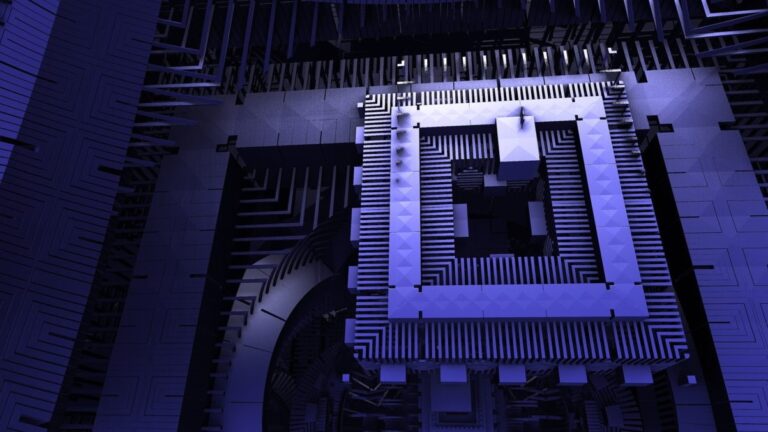
A QPU, aka a quantum processor, is the brain of a quantum computer that uses the behavior of particles like electrons or photons to make certain kinds of calculations much faster than processors in today��s computers.
]]>
In computer graphics, the right balance between direct and indirect lighting elevates the photorealism of a scene.
]]>